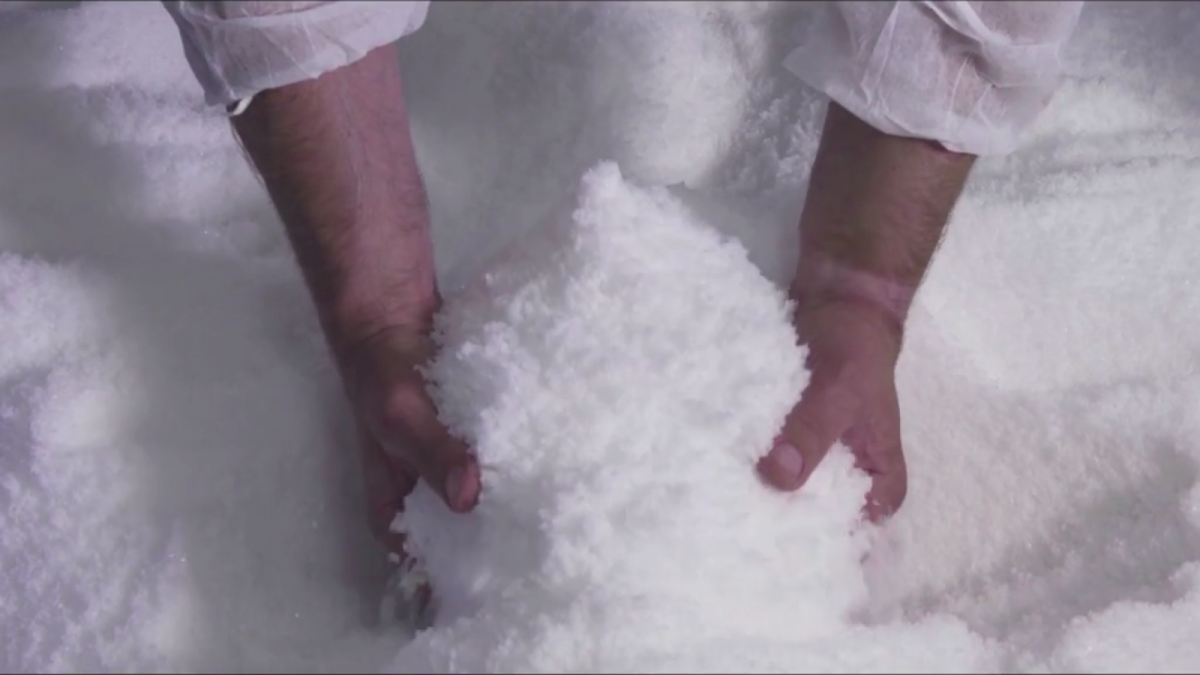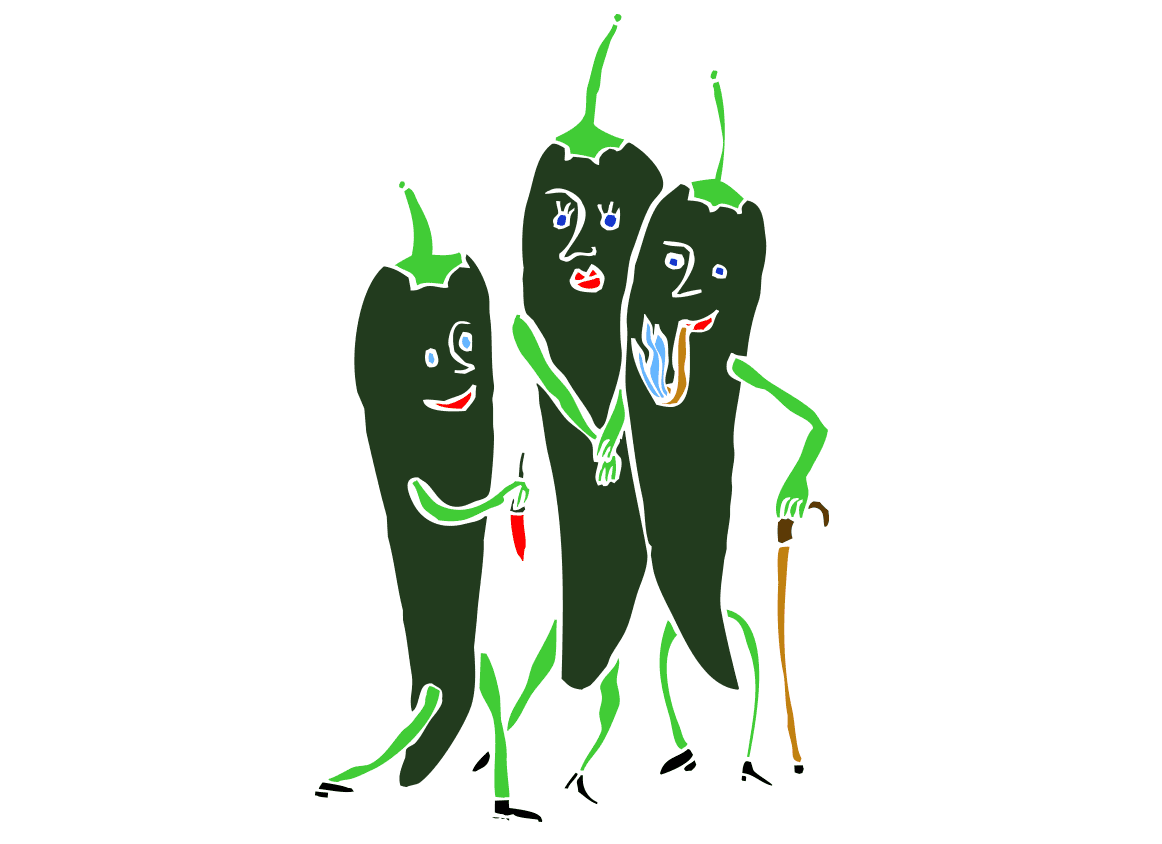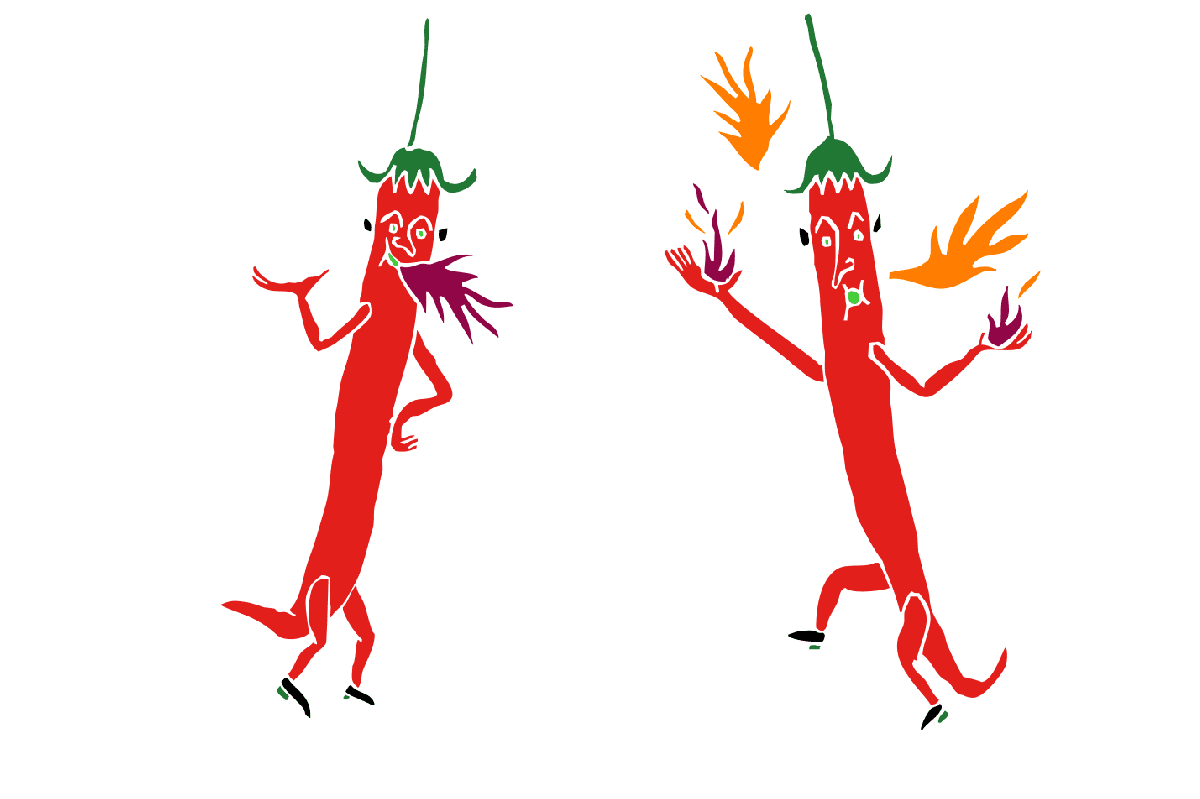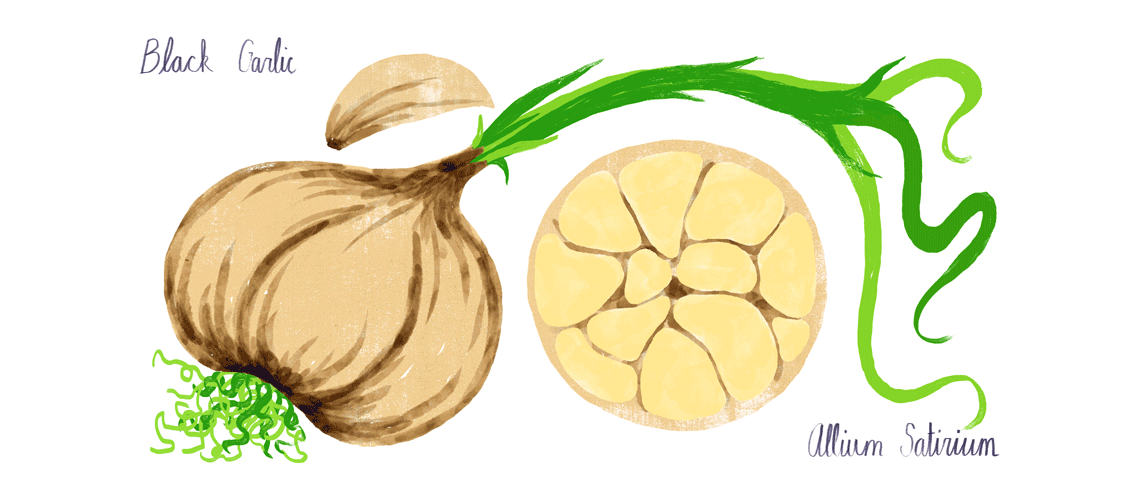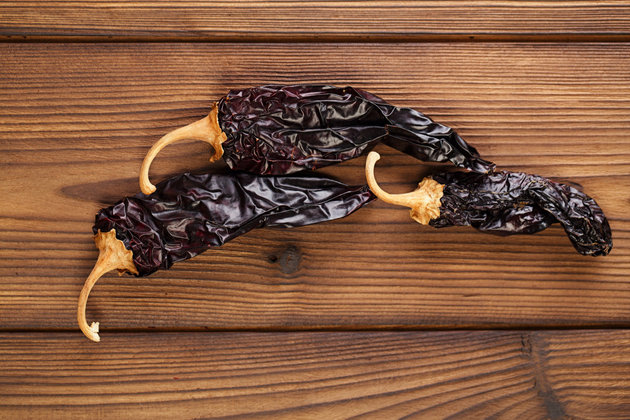Source: Watch Chef Mark Hix Express His Undying Love for Salt – Eater
Tag Archives: flavor
The Guide to the Chilies of Mexico | Lucky Peach
What is Black Garlic? | Lucky Peach
A Day In The Life Of Alan Benton, America’s Unofficial King Of Bacon
When food is made with love, you can taste it. So it goes with Benton’s Country Ham, a North Madisonville, Tennessee-based business that produces what many call the best bacon in the country.
via A Day In The Life Of Alan Benton, America’s Unofficial King Of Bacon.
https://youtu.be/kGDLfF1mpu4
Ambitious Winemaker Aims to Create First New World Grand Cru – Eater
/cdn0.vox-cdn.com/uploads/chorus_image/image/46793904/10000-grapes.0.0.jpg)
It will be made with 10,000 new varieties of grapes.
Winemaker Randall Grahm — the founder of Bonny Doon Vineyard in Santa Cruz, Calif. — has launched an Indiegogo campaign to create the first New World Grand Cru. A Grand Cru is a regional classification of wine that denotes “the highest-quality vineyard areas.” Grahm hopes to transform the “unique terroirs” of his Popelouchum Estates in San Juan Bautista, Calif. into a vineyard that achieves the designation.
“If anyone could do it Randal Graham could.”
To do this, he plans to breed 10,000 grape varieties that have not existed before and blend them into a new wine. The campaign explains: “The intention of the breeding program is to incorporate
via Ambitious Winemaker Aims to Create First New World Grand Cru – Eater.
Are we losing Kimchee?

The fate of South Korea’s kimchi industry rests on whether China considers it pickled or not.
When China reclassified the fermented cabbage dish several years ago, Korean exports of kimchi evaporated. As a pickled product, it did not meet China’s strict import hygiene standards.
Now, China has pledged to reconsider the designation, a concession that could pave the way for a new boom in exports since the two countries sealed a broad trade deal.
The episode over kimchi, a source of deep culinary and cultural pride in South Korea, reflects the sometimes complicated relationship that China has with its neighbors. As China looks to deepen its regional trade ties, such pockets of tension could flare up, creating challenges for its ambitions.
Watch the Reakted Video – http://nyti.ms/1JS2mVy
The Miracle of Preserves – The New York Times

For as long as I can remember, I have had an unfathomably strong affection for pickles and potted meats and jellies and jams. I was thrown into the preserving pond early. I sat as a toddler, I am told, several summers running, in the cool shade of a tidy old trailer in Canaan, Me., playing with snails as the mobile home’s fleshy mistress, Louise, taught my mother to select cucumbers and beets and pole beans from a dense trailer-side garden — packing them into heavy glass jars and then gently heating them in a worn tin pot.
I don’t think I ever tasted any of Louise’s many preserves. (‘‘Oh, they were terrible!’’ my mother tells me. ‘‘Horribly sweet.’’) The omission might help account for my obdurately romantic view of what the British writer Hugh Fearnley-Whittingstall refers to as the ‘‘extended family we call by the rather austere name preserves.’’ All preserves strike me as good. They reach me at such childish, religious depths that I have wondered if, even before Louise’s trailer and my rapturous secondhand consumption of jarred delicacies in books, some supernatural pickle pot or jelly didn’t offer me a miraculous taste of itself in a dream.
If cultivating soil was what let humans settle, it was harnessing bacterial cultures that let us unmoor.
I have felt lucky, as a grown person, to discover that this thing I loved in innocent abstraction had real importance. Salting and drying meat and fish helped human beings to last through long winters, sea voyages and treacherous overland trails. If cultivating soil was what let us settle, it was harnessing bacterial cultures and sugar, salt, acid, fat, sun and wind to paralyze microorganisms and save food from decay that let us unmoor, discovering all the world that was not visible from our cabbage patches. Basque cider allowed seamen to cross oceans. Dutch pickled herring fueled the exploration of the New World. Vikings spread cod in the riggings of their ships to dry and stiffen in the cold wind, then traded on it as they battled through Scandinavia, the Mediterranean and Central Asia. Cheese was first a way of preserving milk; wine, of grape juice; sauerkraut, of cabbage; prosciutto, of pork. In this sense, all preserved things are additionally miraculous, in that they all are also ways of storing other things: part vessel, part content
What The Heck Is A Chipotle, Anyway?
Seven Lobster-Buying Tips | Lucky Peach
In “Lucky Peach #13: Holiday,” Peter Meehan wrote about his annual Christmas party—where, among many other things, he makes the lobster rolls from Jasper White’s book Lobster at Home. The front matter of the book, about how to shop for and kill lobsters, is succinct, spot-on, and very useful! We’ve published his rules for purchasing live lobsters below. (And after finishing that, you can check out his recipe for lobster rolls here.)
How To Make Chocolate | Lucky Peach
It’s easy to forget that chocolate is a fruit. It’s born on a tree and undergoes several steps that transform the bitter, astringent seed into the rich, flavorful bars that we know.
Let’s take a little time to ponder the botanical story of chocolate and retrace the journey from its tropical origin. The cacao tree (officially, Theobroma cacao; theobroma translates as “food of the gods”), was classified in 1753 by Swedish scientist Carl Linnaeus. The most recent genetic research points to the upper Amazon rainforests of South America—near present-day Bolivia, Ecuador, and Peru—as its origin. It grows only within a narrow latitudinal band, between 20˚N and 20˚S of the equator. From its origins in South and Central America, cacao cultivation now spans the circumference of the globe within its tropical range. West African countries, namely Ghana and the Ivory Coast, currently provide about 70 percent of the world’s cocoa supply.
The cacao tree is fairly small, commercially bred to grow roughly 9 to 12 feet high. Like grape vines, cacao must often reach six to seven years maturity before producing a full yield of fruit. Its fruit, the cacao pod, develops from flowers that blossom directly from the trunk and thicker branches of the tree, reaching maturity in five to six months (thus sometimes allowing for two harvests per year). Each individual bean is comprised of an outer shell, the germ, and the nib. Conveniently, one pod’s worth of beans produces a 100-gram bar of chocolate.
via How To Make Chocolate | Lucky Peach.


